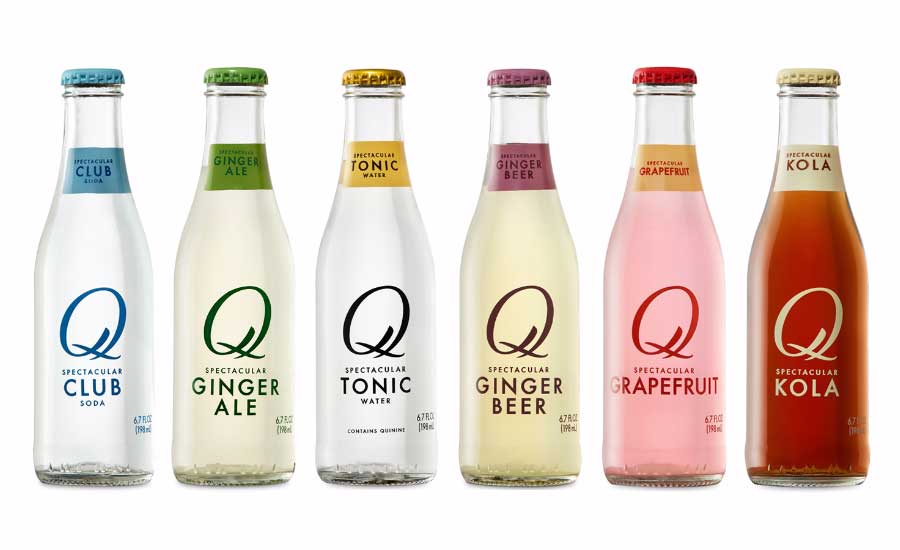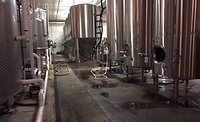At the 2017 National Restaurant Association Show, which took place on May 20-23 at McCormick Place in Chicago, all the food trends about to hit a swank eatery near you were on display. Also this year, the show featured the Beverage Alcohol for Restaurant (BAR) section, and even though beer and wine is still clearly important to restauranteurs, spirits makers, both craft and large scale, were heavily in attendance as exhibitors.
With the slowdown of the craft beer market and major roll-ups being predicted of small to mid-sized craft brewers, evidenced recently by Heineken’s full acquisition of California and Chicago’s Lagunitas Brewing Company, the beverage industry is looking towards more craft distilleries popping up in the near future.
Now seems to be the time for mixed drinks. But those consumers looking to whip up their own specialty cocktails might want to go beyond just the simple rum and coke and look for a mixer that enhances rather than covers the taste of artisanal spirits. Many entrepreneurs, such as Jordan Silbert of Q Tonic, are beginning to offer these carefully made mixers using quality ingredients.
“With countless new spirits hitting the market each day, consumers have endless options,” he says. “If the spirit you have carefully chosen is going to end up in a cocktail, you also must consider your mixer.”
He explains that using a soda that contains a high fructose corn syrup as a mixer will result in a drink that is too sweet.
“Since sugar is a masking agent, if you’re using a mixer that’s too sweet, you can’t taste any of the subtleties in the spirit you’ve selected,” Silbert says.
Q Drinks are made using agave nectar or organic cane sugar, and less of it is used in the beverages to allow the spirit to take center stage.
“We use lower levels of sweetener in order to not mask the spirit, and in some cases, we alter our recipe to better pair with spirit,” he explains. “For example, we recently launched Q Indian Tonic to better pair with more juniper-forward gins.”
Another important element in a mixer is the level of carbonation. If a soda does not have enough carbonation, it might not be able to preserve the effervescence of some cocktails.
“We use a higher level of carbonation than other mixers to create fizzier cocktails that won’t go flat,” Silbert says.
Another important feature is the new packaging of Q Drinks. The new bottle size is now 6.7 ounces, which has been reduced from 9 ounces, to accommodate a more appropriate size for a carbonated mixer.
“It enhances what we call the ‘Spectacular Serve’ – a rededication to the way highballs should be served, which calls for the Q Drinks bottle to be presented to a guest alongside a glass filled with ice and his or her choice of spirit and garnish.”
As for the ingredients that go into the drinks, Silbert explains Q Drinks goes out of its way to use the best ingredients from around the world, such as sourcing real quinine from real trees and using $1,000 per ounce rose oil.
“Overall, with the growth of the craft distillery movement, drinkers are looking for quality and Q Drinks are made to elevate spirits and cocktails, not cover them up,” he says.




